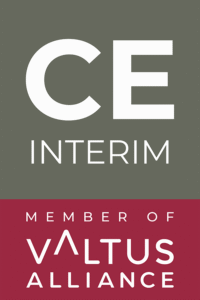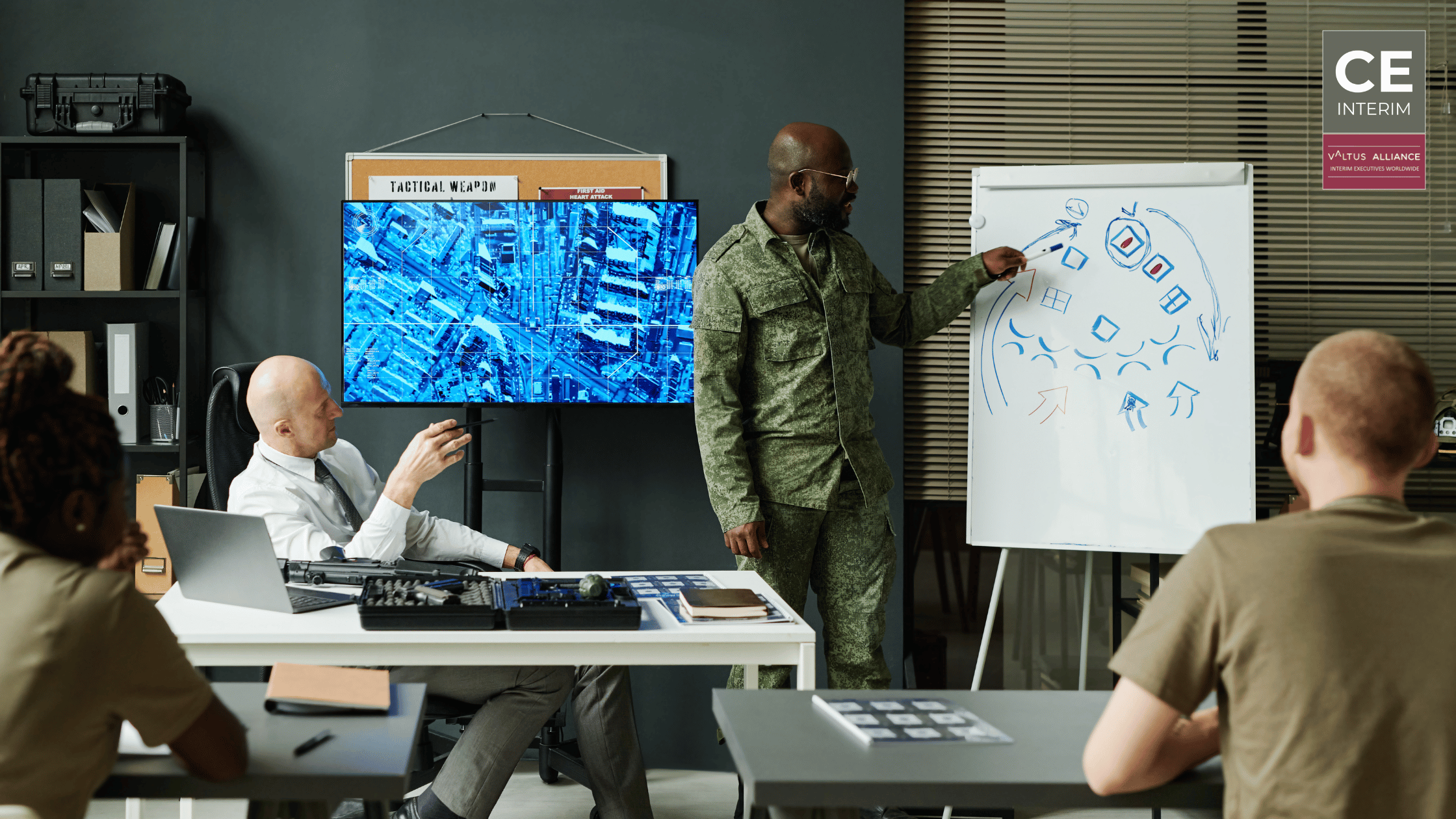Nincs elég ideje elolvasni a teljes cikket? Hallgassa meg az összefoglalót 2 percben.
Az Európai Unió "Készültség 2030" kezdeményezése több mint védelmi stratégia. Átfogó átalakulást jelent abban a tekintetben, hogy Európa hogyan készíti fel iparágait, technológiáit és intézményeit a jövő biztonságára.
Az európai autóipar számára ez egyszerre jelent kihívást és rendkívüli lehetőséget a védelmi ágazat jövőbeli igényeihez való igazodásra.
Mi az a Készenlét 2030? Európa védelmi ütemtervének megértése
A lényege, Készültség 2030 az EU hosszú távú stratégiai kezdeményezése az európai védelmi képességek megerősítésére. Célja az ipari felkészültség megerősítése, a technológiai fejlődés felgyorsítása és a nagyobb mértékű stratégiai autonómia egy gyorsan változó geopolitikai környezetben.
Az ütemterv fő pillérei a következők:
1. Technológiai modernizáció: A hangsúly a védelmi innovációra helyeződik az AI, az automatizálás és a hibrid rendszerek terén.
2. Ipari rugalmasság: A helyi gyártóbázisok megerősítése a külföldi függőség csökkentése érdekében.
3. Közös beszerzés és interoperabilitás: A védelmi szabványok és beszerzések uniós szintű összehangolásának ösztönzése
A Bruegel elemzése az EU védelmi autonómiájáról mélyebben vizsgálja ezeket az alapokat.
Az autóipar szempontjából releváns kulcsfontosságú technológiák és képességek a 2030-as készenlét keretében
1. Villamosítás és hibrid katonai járművek
A villamosításra szakosodott autóipari cégek egyre nagyobb keresletet találnak a katonai járműprogramokban. A nyomást a katonai villamosítás Európában hibrid meghajtási rendszereket, energiahatékony akkumulátorokat és védelmi környezetbe szánt, strapabíró EV-alkatrészeket tartalmaz.
2. Autonóm és mesterséges intelligencia vezérelt járművek
Az autonóm járműtechnológiák, amelyeket régóta a fogyasztói mobilitás számára fejlesztettek ki, ma már kritikus értéket képviselnek a következő területeken Európai védelem 2030 tervek. A lehetőségek közé tartoznak a mesterséges intelligencia által vezérelt navigáció, a szakaszvezetési technológiák és a pilóta nélküli földi járművek akadályérzékelése.
3. Fejlett érzékelők, radar és elektronika
A modern védelmi platformok megkövetelik autóipari védelmi technológiák például radarérzékelők, hőkamerák és adatfeldolgozó rendszerek. A Tier-1 autóipari beszállítók egyedülálló helyzetben vannak ahhoz, hogy kielégítsék ezeket az elektronikus alrendszeri igényeket.
A Readiness 2030 stratégiai hatása az autóiparra
Az autóipar és a védelem közötti metszéspont egyre szűkül. Ahogy a Európa jövőbeli védelmi képességei egyre összetettebbé válnak, az autóipari vállalatoknak igazodniuk kell az anyagok, a gyártási módszerek és a tervezési szabványok változó követelményeihez.
A K+F beruházások a kettős felhasználású technológiák irányába tolódnak el. Az ellátási láncokat átstrukturálják, hogy megfeleljenek a következő céloknak Az EU stratégiai autonómiája 2030-ig célok. A most nem cselekvő vállalatok azt kockáztatják, hogy lemaradnak a jövőbeli ipari értékláncban.
Hogyan készülhetnek fel az autóipari beszállítók a 2030-as felkészülési lehetőségekre?
1. Befektetés a releváns technológiákba
A legfontosabb beruházási területek közé tartoznak:
- Villamosítás és az akkumulátorok tartóssága
- AI és autonóm járműplatformok
- Kiberbiztonság és jeltitkosítás
Ez az előrehozott beruházás nemcsak a védelmi pályázatokat támogatja, hanem mindkét ágazatban erősíti a versenyképességet.
2. Stratégiai partnerségek és konzorciumok létrehozása
Az uniós finanszírozáshoz való hozzáféréshez a beszállítóknak együtt kell működniük a védelmi ágazatban tevékenykedő vállalatokkal, technológiai cégekkel és K+F intézményekkel. Az uniós beszerzések során alkalmazott konzorciumi modell biztosítja a funkciókon átívelő innovációt és az erőforrások megosztását.
3. Műveleti és stratégiai felkészültség
CE Interim segít az autóipari beszállítóknak az uniós védelmi szabványokhoz igazítani a műveleteket - a megfelelőségtől a szervezeti végrehajtásig. Ideiglenes szakértőink felgyorsítják az átállásokat és integrálják a védelmi célú munkafolyamatokat a több telephelyen zajló műveletekben.
Jövőbeni iparági esettanulmányok és lehetőségek
Példák a jövőbe mutató átmenetekre:
- Rheinmetall & Continental: Befektetés a hibrid és elektromos védelmi járművekbe.
- Bosch és ZF: A fejlett vezetőtámogató rendszerek (ADAS) alkalmazása taktikai platformokon.
Ezek a partnerségek megmutatják, hogy az autóipari technológiai vezetők hogyan alkalmazkodnak a Európai védelem 2030 napirend.
Legfontosabb kihívások és megfontolások az autóipari vezetők számára
A védelmi célú jövőre való áttérés kihívásokkal jár:
- Késedelmes stratégiai fellépés vagy elégtelen K+F átcsoportosítás
- Az uniós védelmi beszerzési keretek ismeretlensége
- Belső ellenállás az átalakulással szemben
CE Interim ideiglenes vezetőket alkalmaz, hogy áthidalja ezeket a hiányosságokat. Szakembereink azonnali végrehajtási képességeket biztosítanak - betöltik a vezetői hiányosságokat, kezelik a szabályozási alkalmazkodást, és felgyorsítják a tervezéstől a megvalósításig tartó folyamatot.
Következtetés
Készültség 2030 Európa védelmi modernizációjának tervezete. De az autóipar számára ez egyben az újjáalakulás útiterve is. Stratégiai előkészítéssel, korai partnerségekkel és a megfelelő vezetéssel az autóipari beszállítók az innováció motorjai lehetnek, miközben hosszú távú jelentőséget biztosíthatnak.
A CE Interim készen áll arra, hogy támogassa az autóipari cégeket az átalakulásban. Legyen szó üzemek összehangolásáról, csapatok átszervezéséről vagy ágazatok közötti integrációk irányításáról, interim szakembereink biztosítják, hogy a felkészültség ne csak cél legyen, hanem megvalósuljon.
Kapcsolat CE Interim a 2030-ra való felkészülési stratégia megkezdéséhez.





